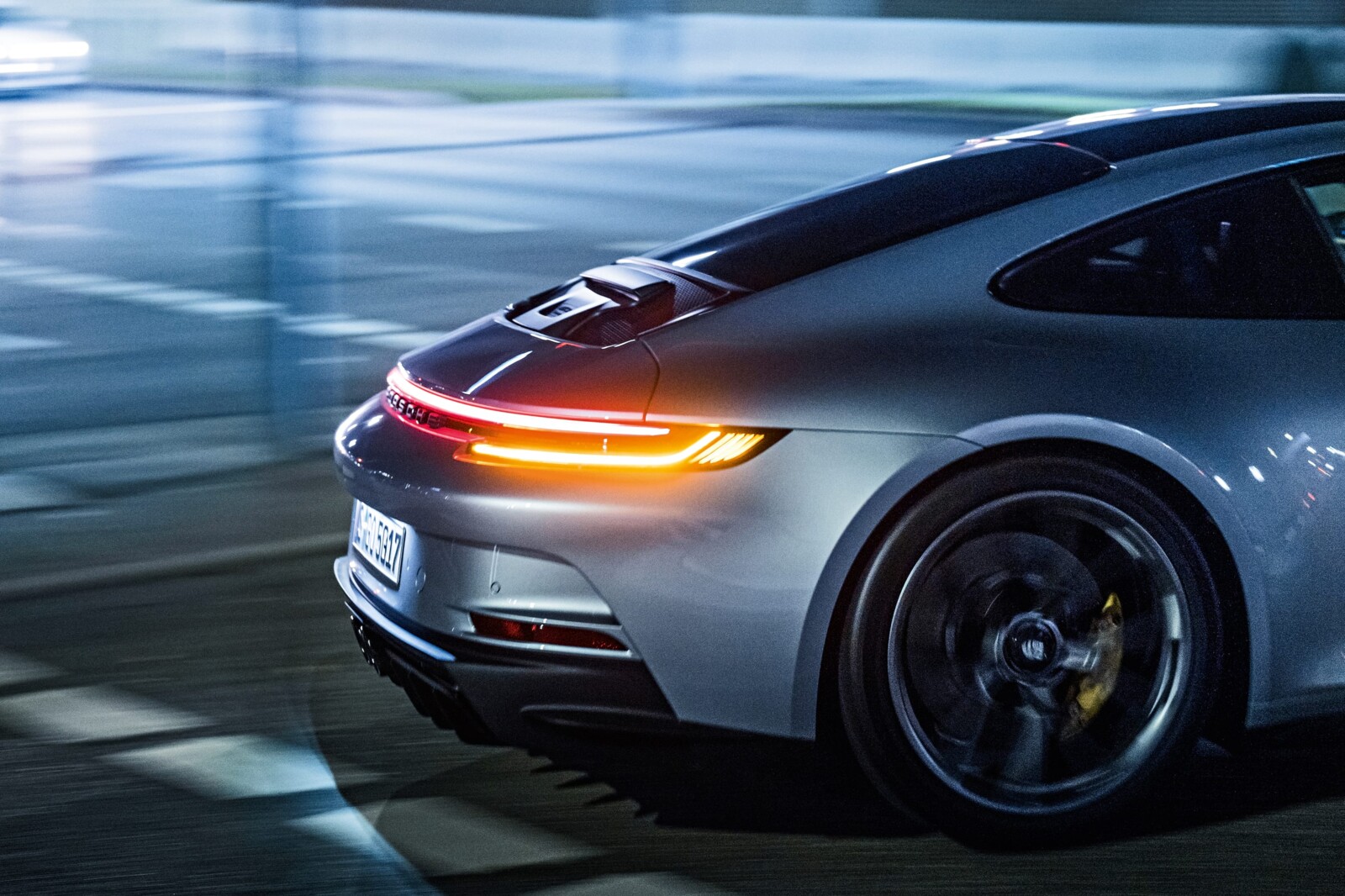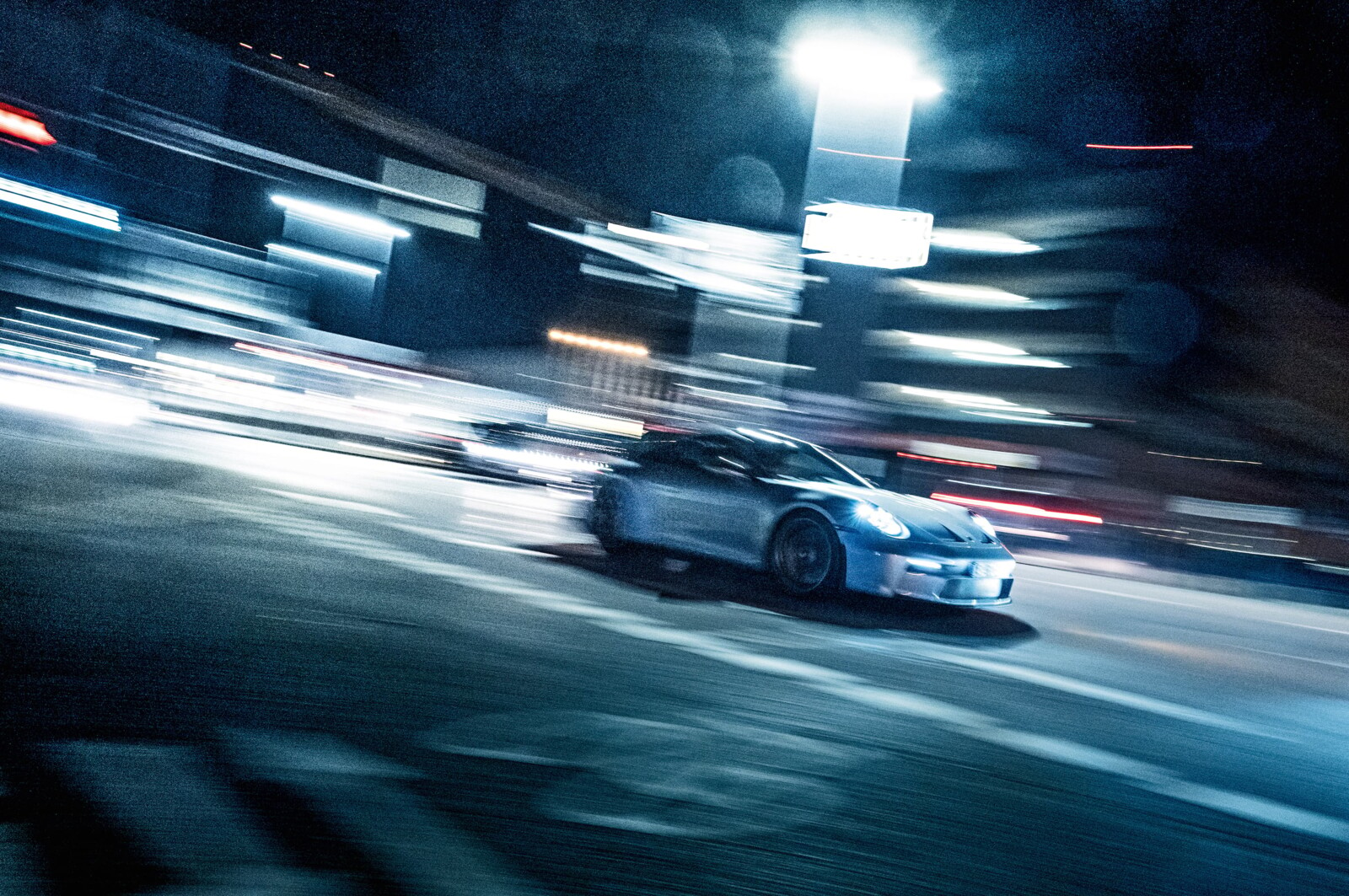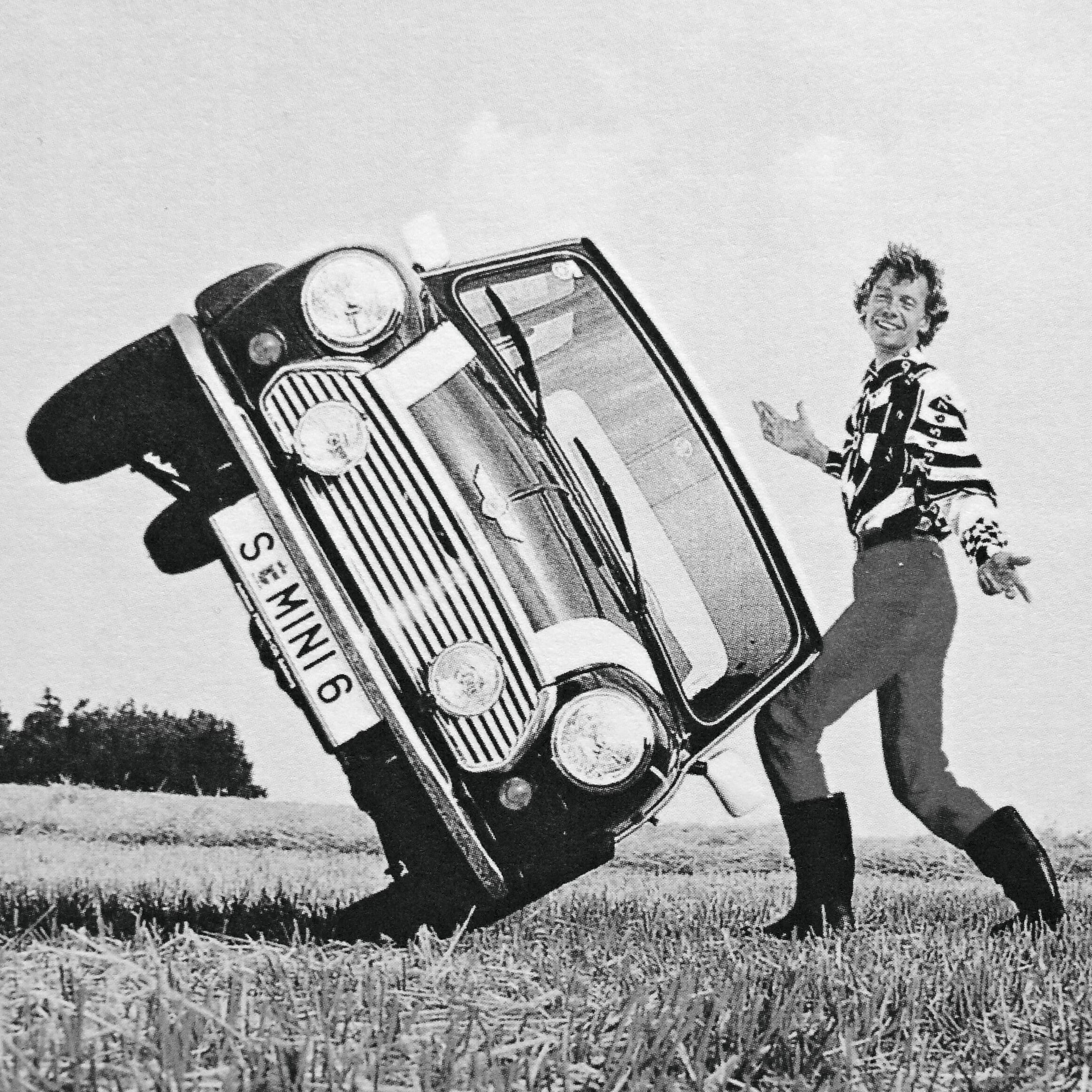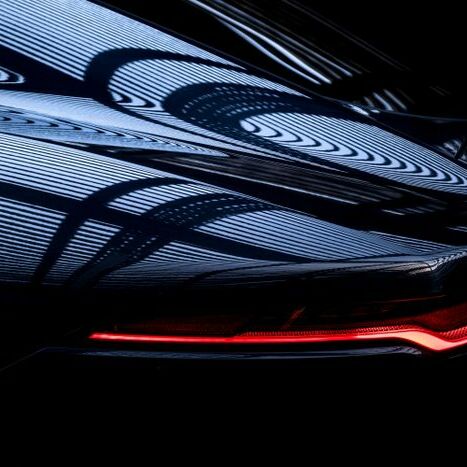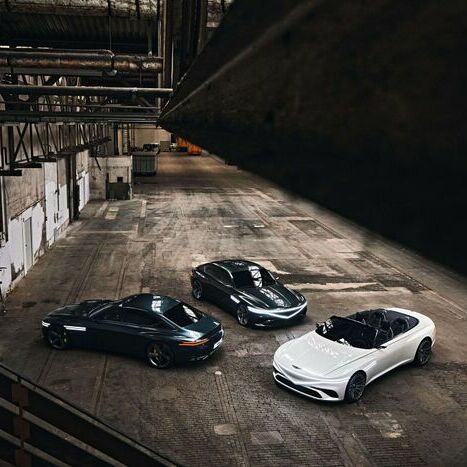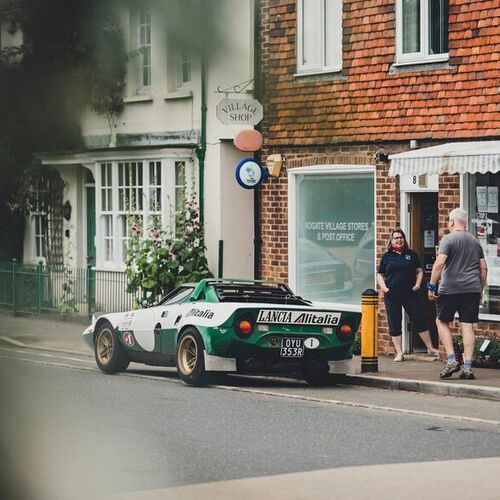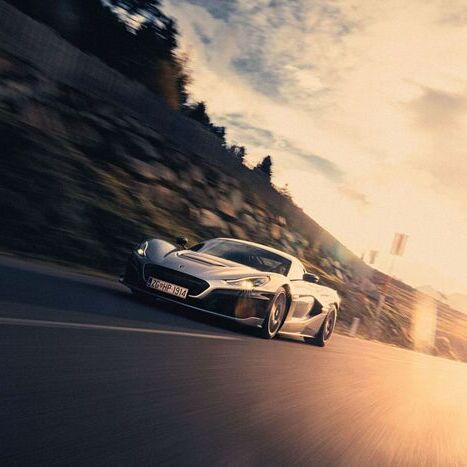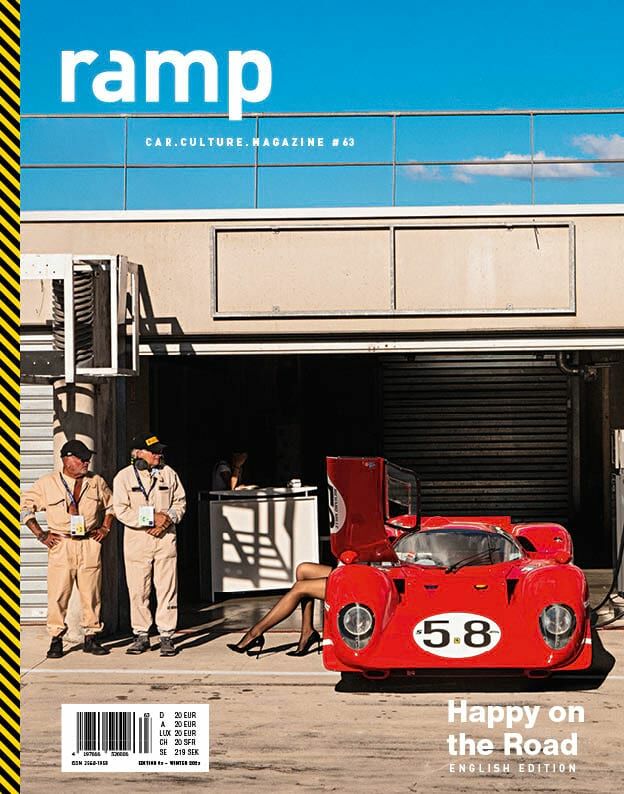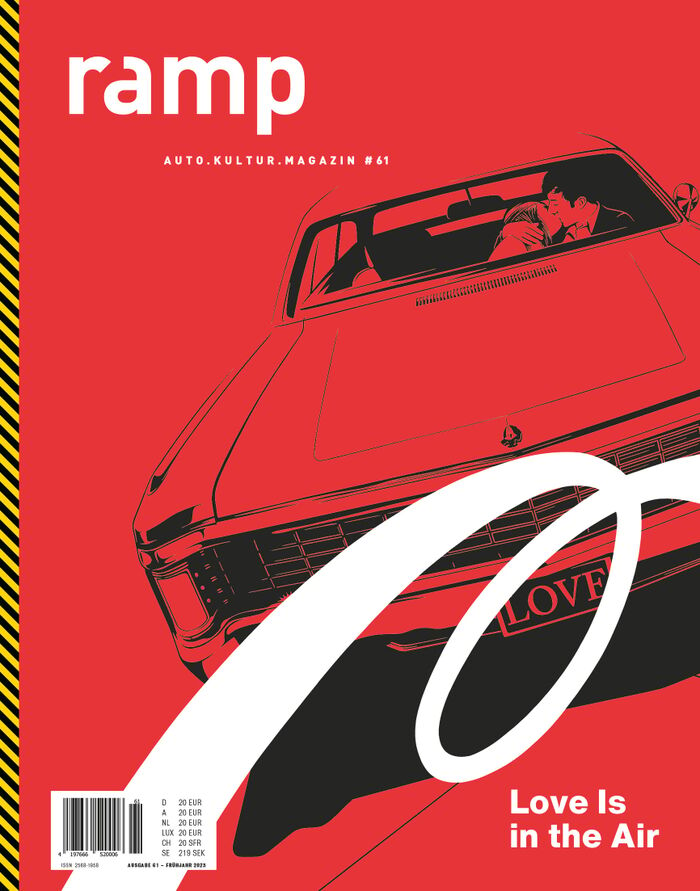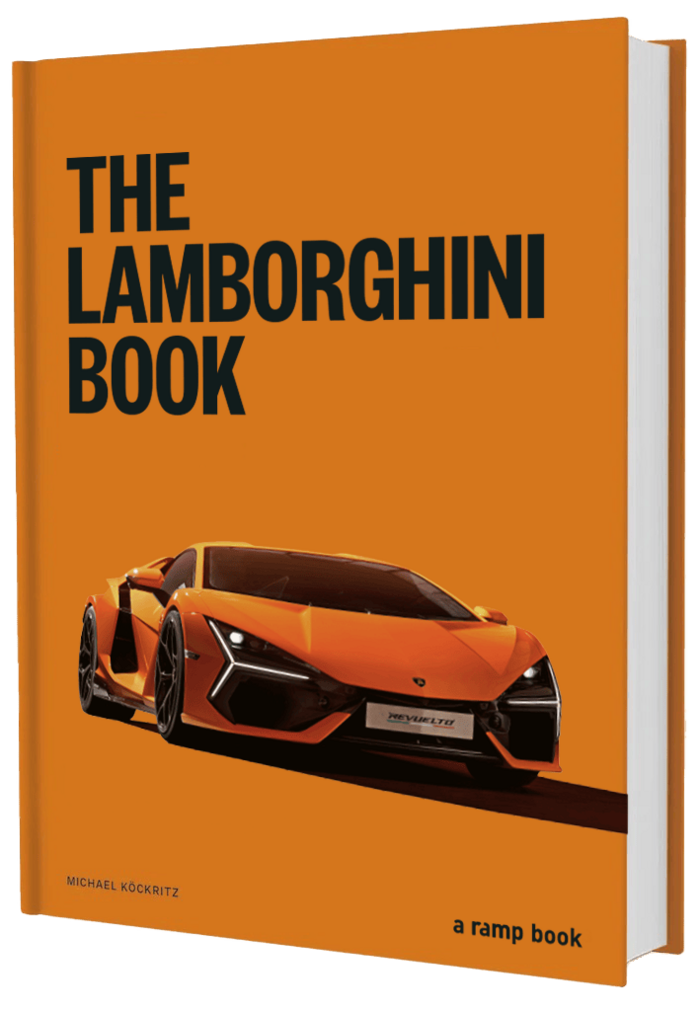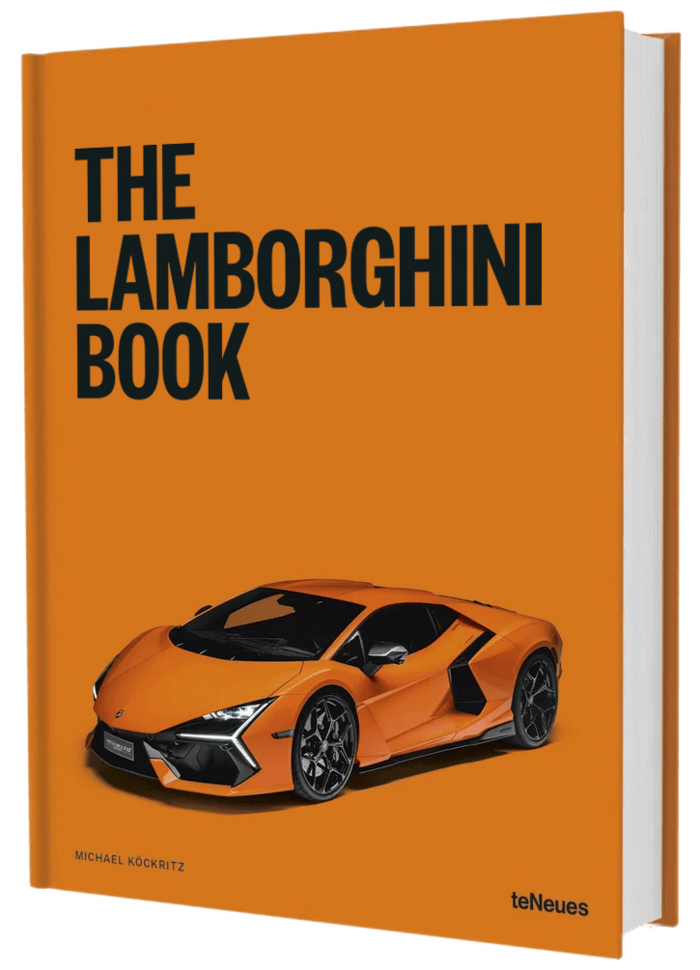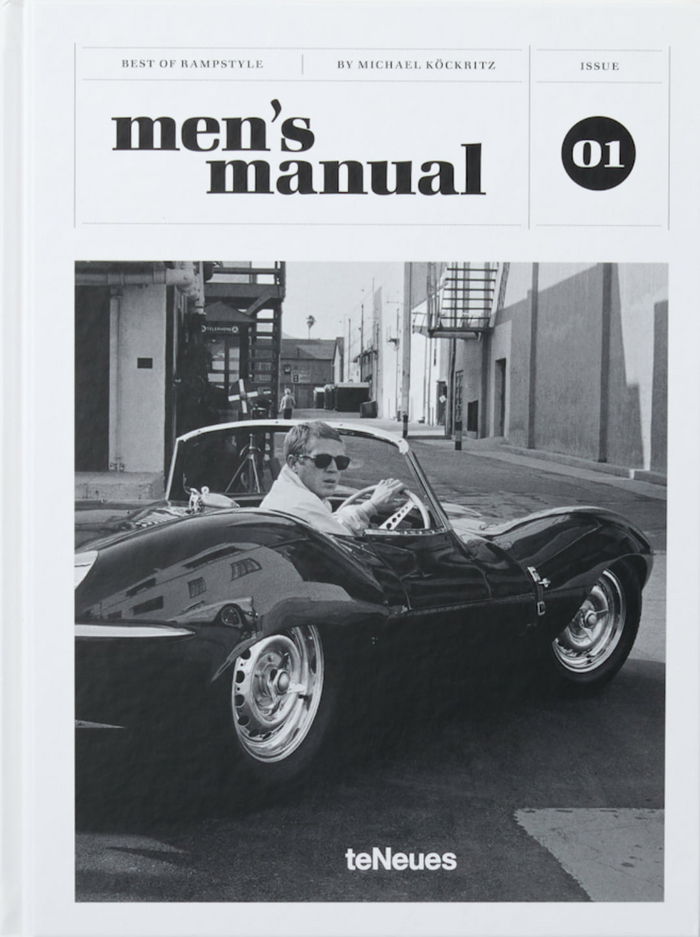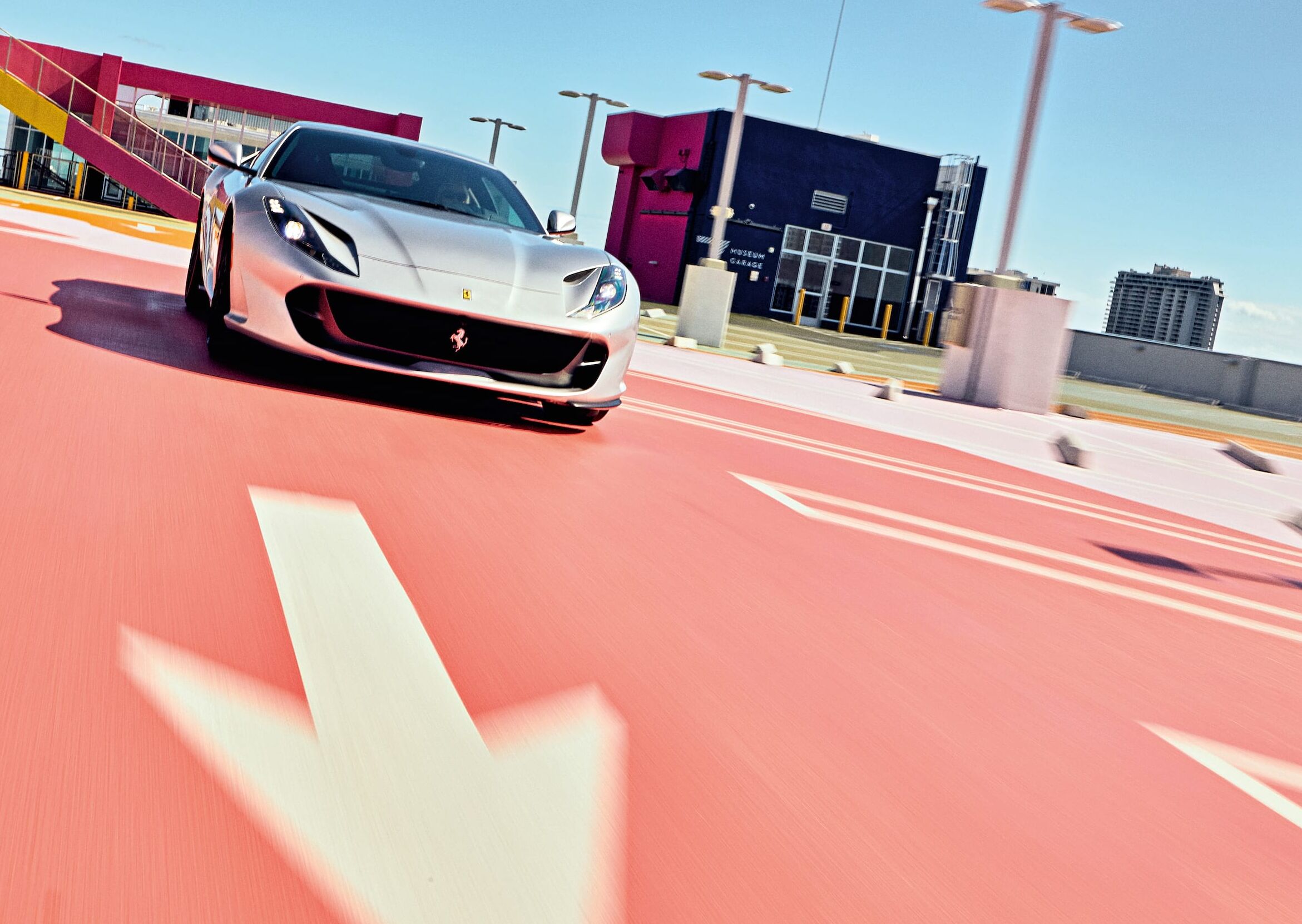Now that formal introductions are complete, we can head straight to the seventh-generation GT3, especially with the sophisticated and toned-down Touring package.
If these circumstances were different, we would take the time for an engineering prologue and a suitable classification of the model according to brand lineage. But hey, you simply can’t get any more Porsche than that. So let’s not burn up any more precious time. Let’s burn some rubber instead and get into the GT3 to check out right off the bat: How does the rear of a Porsche 911 GT3 behave when you’re at 120 km/h and shift down to second gear before a spicy bend? Instant reply: What once used to be the terror of Porsche drivers now is their delight. The ensuing drift is a mere formality, soundtracked by thunder, especially because the control systems take a back seat and let the driver shine. Rated at up to 9,000 rpm, the naturally aspirated 4.0-L boxer engine gets the most locally supplied fuel imaginable. In front of each intake valve, on top of each 250-bar injector, the gates of hell open up: each cylinder has its own throttle, which allows for an ideal reduction of the air column. This is how the music plays. No sound engineering needed. Nine thousand revolutions require no artistic interpretation.

